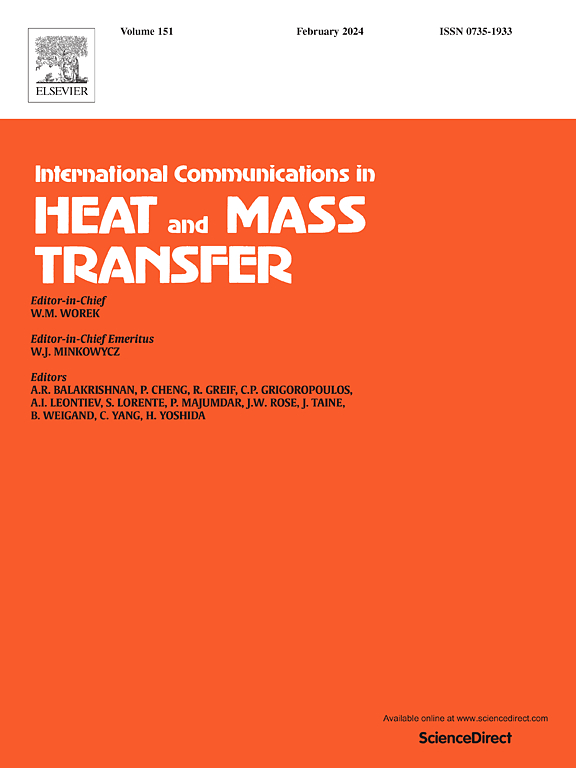Design of intelligent scheduling and optimization decision system for multi-source regional crude oil transportation and distribution system
IF 6.4
2区 工程技术
Q1 MECHANICS
International Communications in Heat and Mass Transfer
Pub Date : 2025-03-26
DOI:10.1016/j.icheatmasstransfer.2025.108881
引用次数: 0
Abstract
How to apply optimization methods, establish intelligent scheduling systems, ensure safe and efficient transportation of crude oil, and achieve maximum economic benefits is the focus of attention for oil companies. In this paper, first, the difficulties of intelligent decision-making in crude oil transportation and distribution systems were analyzed. Second, the intelligent decision-making framework, simulation and deduction techniques, and decision optimization techniques were explained. Third, combined with the objective function and constraint conditions, a crude oil blending optimization model was established. Third, combined with the objective function and constraint conditions, a production profit maximization model was established. Results show that: (a) After 500 iterations, the average similarity was greater than 95 %. Successfully calculated the optimal blending ratio of crude oil under the corresponding conditions for each target crude oil. (b) under the condition that the upper limit of all crude oil purchases is 3850 tons, when the crude oil processing volume of the blending crude oil scheme W1–W2 is 2000 tons and 1850 tons respectively, the enterprise's production profit reaches the maximum of 705,400 RMB. (c) Model validation shows that the system can achieve upstream and downstream collaborative optimization, with strong effectiveness and feasibility.
求助全文
约1分钟内获得全文
求助全文
来源期刊
CiteScore
11.00
自引率
10.00%
发文量
648
审稿时长
32 days
期刊介绍:
International Communications in Heat and Mass Transfer serves as a world forum for the rapid dissemination of new ideas, new measurement techniques, preliminary findings of ongoing investigations, discussions, and criticisms in the field of heat and mass transfer. Two types of manuscript will be considered for publication: communications (short reports of new work or discussions of work which has already been published) and summaries (abstracts of reports, theses or manuscripts which are too long for publication in full). Together with its companion publication, International Journal of Heat and Mass Transfer, with which it shares the same Board of Editors, this journal is read by research workers and engineers throughout the world.

 求助内容:
求助内容: 应助结果提醒方式:
应助结果提醒方式:


